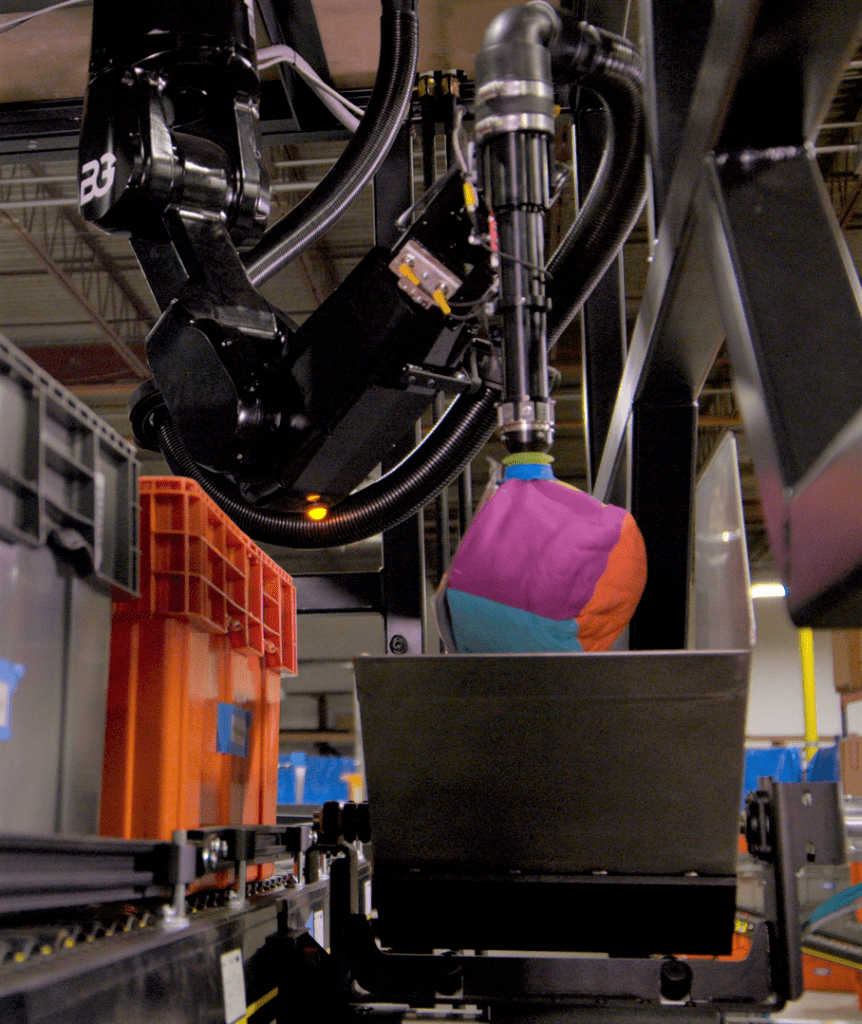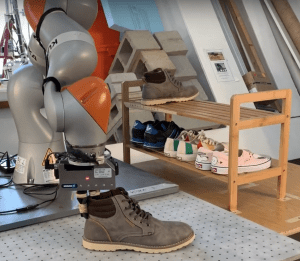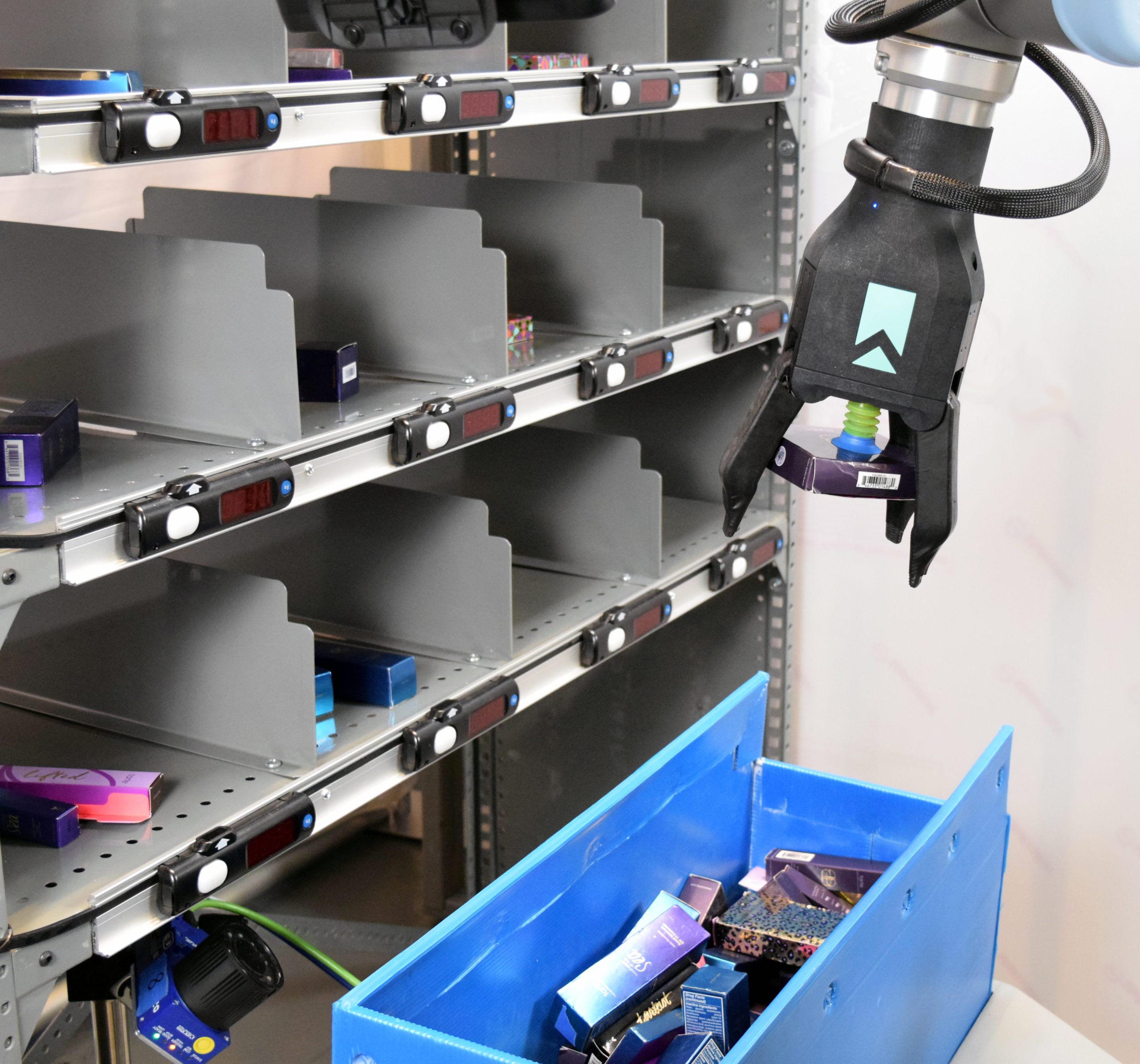Experts project robots will pick hundreds of millions of e-commerce items by the end of this year. Robotic piece-picking implementations continue to trend upward, whether it is because companies are finding it difficult to hire and retain sufficient warehouse resources, or they need to improve the cost-efficiency of warehouse operations. Robotics plays a key role in improving the accuracy, timeliness and predictability of moving products into, through, and out of warehouses — which is critical for forging and maintaining a strong brand reputation with retail end consumers.
Although the technology is approaching plug-and-play status, it is important to think about how you will operationalize and use robots to maximize their benefits. While a robotic piece-picking deployment has several parts, here are the five key factors to focus on to guide you along the path for an educated and successful decision.
#1 – Operational goals
It is critical to evaluate and understand your strategic reasons for deploying robotic piece picking. Are you automating primarily for the long-term cost savings? Or are you considering changing the way you handle products at certain points in the warehouse because you do not have a large enough pool of labor to keep up as online order volume grows?

Image: Berkshire Grey
If robotic piece-picking proves valuable, will you use it to retrofit existing facilities, or only in new greenfield designs? Or both? Will the new automation need to integrate with multiple material-handling systems and software environments in order to maximize strategic value? If so, it is important to look at a modular option with a simple application programming interface (API) that can be used across multiple variations of software and material-handling equipment that you currently support.
Because piece-picking systems are still maturing and gaining market acceptance, you may find that traditional industry consultants do not have a wealth of first-hand experience. You may need to rely on a combination of your engineering team, consultants, and the system vendors themselves to help you build an evaluation plan, facility design, and overall business case.
#2 – Item sets to be picked
Assuming the strategy has been defined, the first technical consideration is understanding your item set and how it aligns with robotic item-handling capabilities. For many retailers, smaller items that weigh up to 2 kg represent 70 to 90% of the outbound demand.

Researchers have trained robots to pick up objects like shoes and place them on a shelf. Source: MIT CSAIL
How items are decanted or placed into source totes or containers and presented to the robot is also important. For example, robotic vision systems can see flat and thin items easier when they are laid flat, versus having the thin edge facing upward.
How your items are prepared in order to optimize for picking is also critical. For example, cables should be bagged so they can be easily grasped, and do not become tangled. Otherwise, piece-picking robots will have a difficult time gripping cables securely and successfully. In addition, most glass items should be presented in bubble wrap. If the process includes barcode scanning, the barcode must not be covered by the wrap, to ensure the scan is successful.
#3 – Material workflow design
While several processes in a warehouse can be useful for automated picking systems, you will want to narrow your focus to one or two high-impact processes to get started. The process should be simple enough to automate with a stationary picking robot, and common enough in your facilities to justify the overall effort. A picking solution provider should understand whether there will be one or more sources for items, one or more destinations in which to place items, and whether they will be placed in specific totes, cartons, or a mix.
As part of the workflow design, it is important that the new system can participate in existing material flows for inventory control and quality assurance, in case of exceptions detected on either the inbound source side of the process, or the outbound side. This part of workflow design will impact the physical workspace and system integration, so it is best to discuss and set expectations early in the planning discussion.
#4 – Physical workspace design
Even a flexible piece-picking system needs a largely obstacle-free workspace, which simplifies the real-time nature of the path-planning process. There needs to be space around the arm to move – the less complex and open the physical space, the better it is for the robot.

Physical workstation requirements for robotic piece-picking could include areas like shelves and put wall cubbies. Image: RightHand Robotics
“Robot-friendly” workspaces allow robots to easily reach containers they pull from, as well as the destinations where items will be placed, which range from totes to conveyor belts, and put wall cubbies.
Advanced systems can optionally include barcode scanning. Placement of barcode scanners cannot interfere with the vision of the robotic picking machine, and should not overly constrain the robot arm movements. This is expertise a robotic system provider should offer.
#5 – Integration with IT, warehouse software
Any robotic piece-picking system needs to be designed to make it easy for your IT group and warehouse software provider to execute a plan and validate the integration. The picking system provider needs to provide a simple API, similar to how a manual station uses screens and lights to help drive a workflow, track progress, and capture exceptions.
In all cases, the integration should leverage typical warehouse processes and flows as much as possible. This will make it easier for warehouse teams to adopt the solution as part of their ongoing operations with high satisfaction.
Now is the time for robotic piece-picking
While you will need to delve into each of these factors more in depth when planning a robotic piece-picking project, it is still a straight-forward process. These five factors provide a framework around which you can build a process, and conduct conversations with robotics solutions providers. Given the pace that robotics technology is maturing, now is the time to automate processes, or plan for a deployment. By doing so, you will automate one of the last manual steps in the order fulfillment process, improving customer experience while differentiating your business from the competition.
About the author: Vince Martinelli is head of product and marketing at RightHand Robotics, which builds data-driven, intelligent picking platforms for predictable order fulfillment in e-commerce and intralogistics.